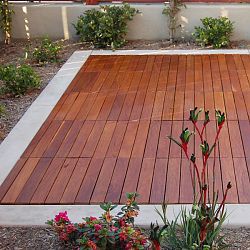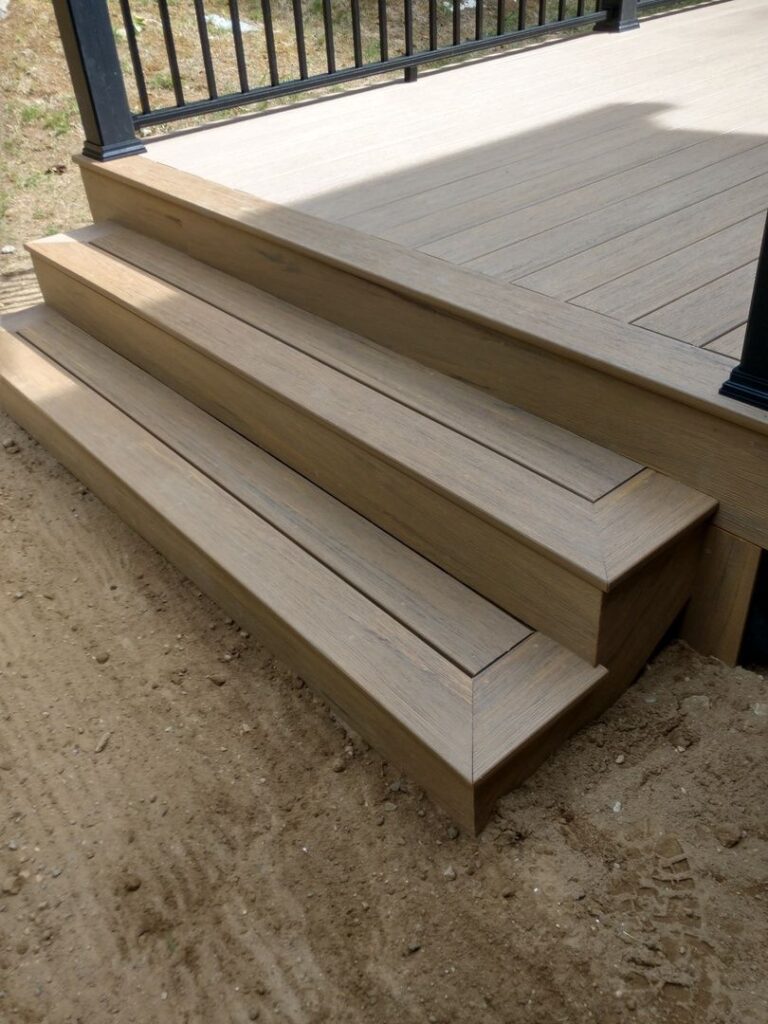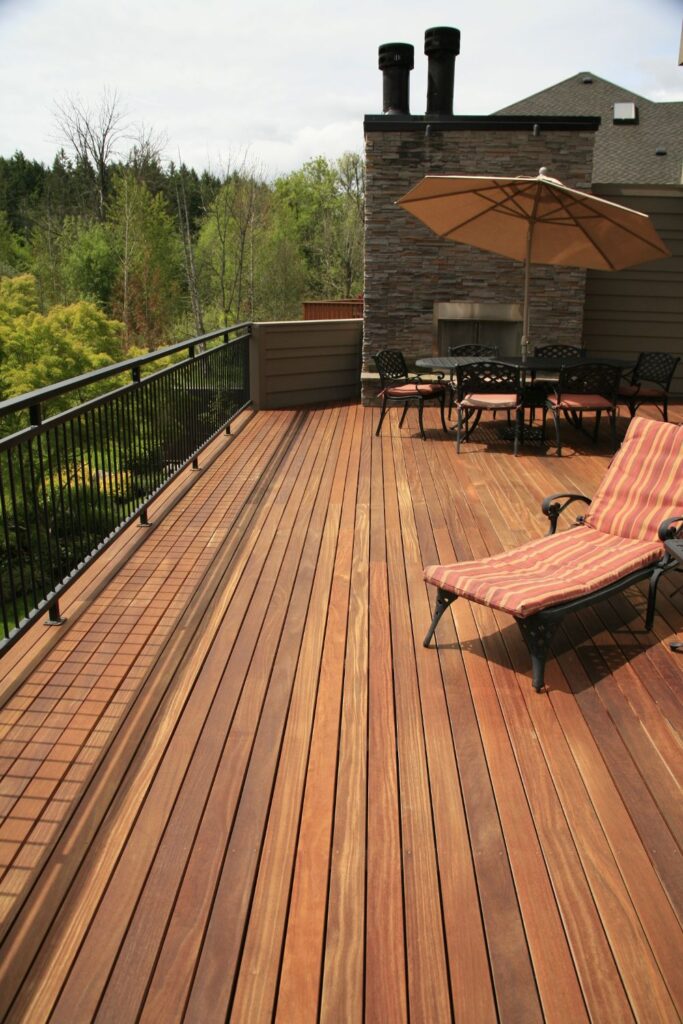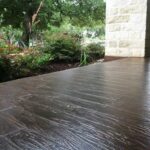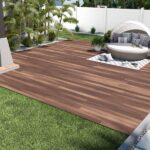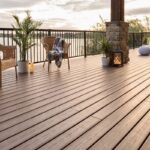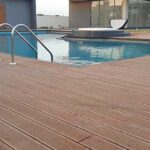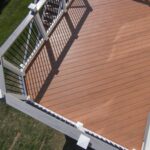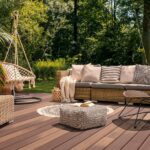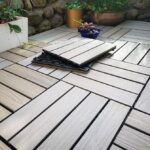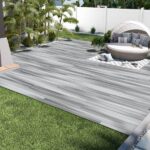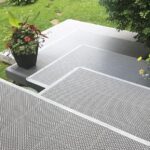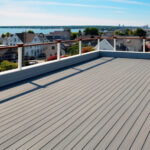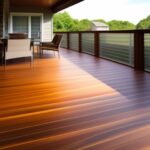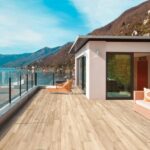Deck flooring is a crucial element in any outdoor living space. Not only does it provide a comfortable and aesthetically pleasing surface for walking and lounging, but it also serves as a protective barrier for the underlying structure of the deck. There are several different materials to choose from when it comes to deck flooring, each offering unique benefits and drawbacks.
One of the most popular choices for deck flooring is wood. Wood decking is a versatile and timeless option that can complement a variety of architectural styles. Common types of wood used for decking include cedar, redwood, and pressure-treated lumber. Wood decking is relatively easy to install and maintain, but it does require regular sealing and staining to protect against moisture and UV damage. Some homeowners also opt for exotic hardwoods like ipe or teak, which are known for their durability and resistance to rot and insects.
Composite decking is another popular choice for deck flooring. Made from a combination of wood fibers and recycled plastic, composite decking is a low-maintenance and eco-friendly option. It is resistant to rot, mold, and fading, making it a durable choice for outdoor spaces. Composite decking comes in a variety of colors and finishes, allowing homeowners to customize their decks to suit their personal style. While composite decking is more expensive upfront than wood decking, it requires less maintenance over time, making it a cost-effective choice in the long run.
For homeowners looking for a budget-friendly option, vinyl decking may be the way to go. Vinyl decking is a synthetic material that is weather-resistant and easy to clean. It comes in a variety of colors and styles, allowing homeowners to create a custom look for their deck. Vinyl decking is also slip-resistant, making it a safe choice for families with children and pets. While vinyl decking may not have the natural look and feel of wood or composite decking, it offers a practical and affordable solution for outdoor living spaces.
Another option for deck flooring is concrete. Concrete decking is durable, low-maintenance, and customizable. It can be stamped, stained, or scored to create a variety of designs and patterns. Concrete decking is also resistant to fire, rot, and insects, making it a long-lasting choice for outdoor spaces. However, concrete can be prone to cracking over time, especially in areas with freeze-thaw cycles. Proper installation and maintenance are essential to prevent cracking and ensure the longevity of a concrete deck.
No matter what material you choose for your deck flooring, proper installation is key to ensuring its longevity and performance. It is important to follow manufacturer recommendations and guidelines for installation and maintenance to protect your investment. Whether you opt for wood, composite, vinyl, or concrete decking, a well-maintained deck floor can enhance the beauty and functionality of your outdoor living space for years to come.
 yishifashion Where Outdoor Dreams Become Reality
yishifashion Where Outdoor Dreams Become Reality
